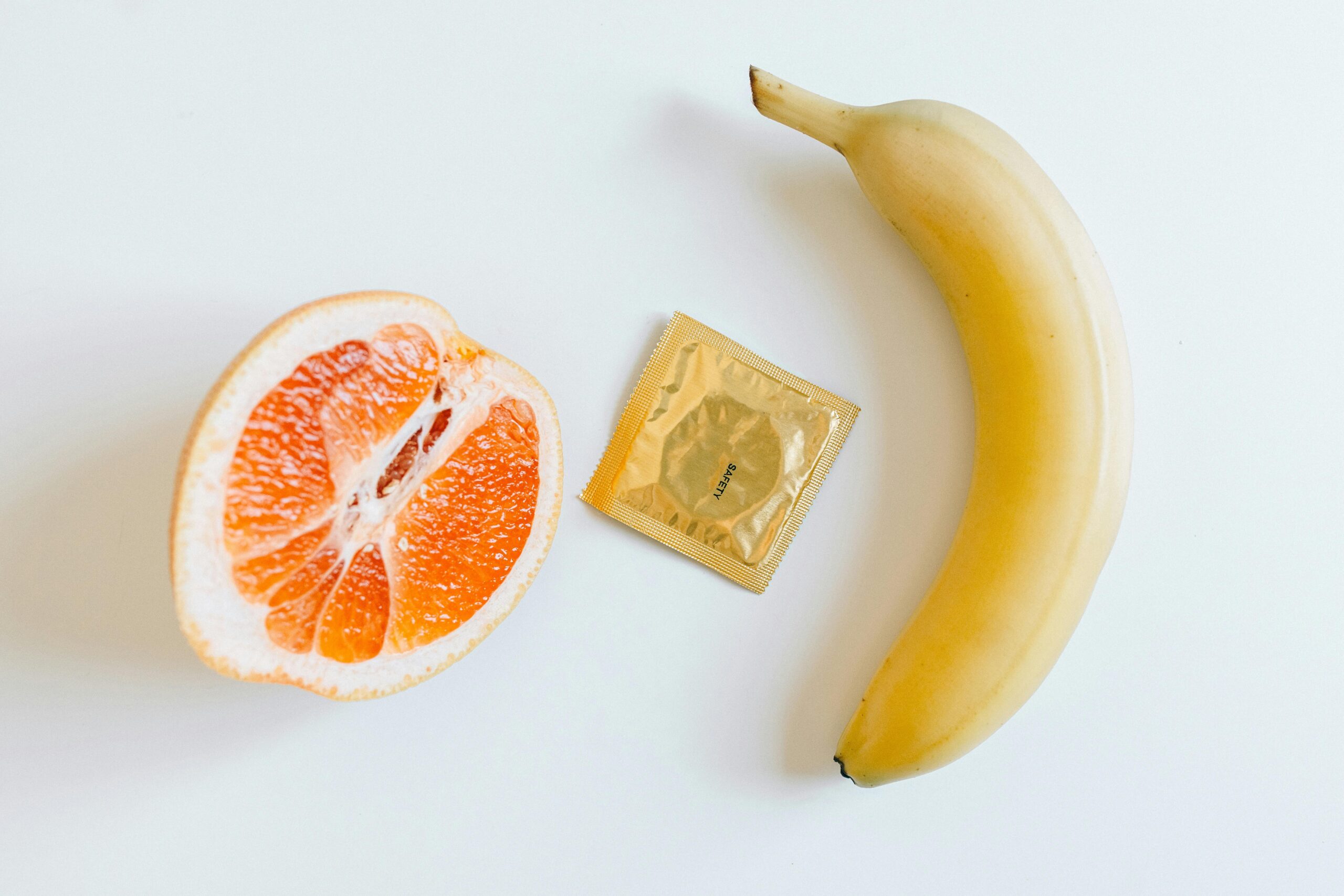
Perimenopause is often described as the “in-between” stage before menopause, but for many women, it’s when the first visible and physical changes to their skin begin. As hormones fluctuate, skin becomes drier and less elastic, prompting a subtle but telling shift in what women choose to care for most.
A new nationwide survey by TENA, a leading incontinence brand, reveals how women aged 35-44 are rethinking their skincare routines during perimenopause.
Key Findings
- Feet (54%), legs (61%), and neck (55%) are becoming top priorities as women notice early signs of dryness and sagging.
- Elbows (32%) are also gaining attention, showing that comfort and practicality are replacing purely aesthetic habits.
- Despite hormonal changes, 19% of perimenopausal women never pay attention to intimate skin or scalp care, even though both are prone to sensitivity and dryness.
- Interestingly, 22% believe intimate skin deserves more attention, alongside hands (40%), which remain one of the first areas to reveal aging.
Interestingly, 10% of menopausal women report not following any skincare or body care routine, highlighting the challenges some face in adapting to midlife skin changes. Since October is Menopause Awareness Month, and more folks are becoming aware of the the lack of information, support and resources available for women going through perimenopause and menopause, this new survey highlights the importance of empowering women with education about their bodies. And skincare routines are part of that!
What Body Parts Do American Women Prioritize in Their Skincare Routine?
When it comes to skincare, survey results show that American women tend to place priority on the most visible body parts and what social media tells them is important. The most cared for parts of their bodies are:
Hands
The most popular is hands, topping the list with 68% of surveyed women caring for them regularly. Hand care also has 54,000 TikTok posts, where topics revolve around dry skin, hand care routines, and ingredients like shea butter.
Legs
Legs are the second most commonly cared for body part, with 67% of women saying that they care for them. However, compared to hands, social media isn’t abuzz with leg care discussions. With only 2182 TikTok posts, frequent topics include strawberry legs, exfoliation, discoloration, dry brushing, smooth legs, and dry skin.
Arms
62% of women surveyed indicated that they take care of their arms. On social media, content covering textured or bumpy arms, shaving routines, keratosis pilaris, arm acne, exfoliation, strawberry arms, and arm firming, were most common.
Feet
Feet are in the top four most cared for body parts, with 58% of women saying that they care for their feet. Topics around foot care include pedicures, feet care routines, and crusty and cracked feet. Footcare was found to be the most popular on TikTok though, with over 100,000 posts related to it.
Neck
It’s no secret there’s a push to look youthful by content creators online, and this in turn has brought attention to the neck, with over 13,100 posts on TikTok. 60% of surveyed women also include neck care in their routines, thanks to the rise of anti-aging and skin-uniformity trends.
What Body Parts Do American Women Neglect in Their Skincare Routine?
While social media has a huge influence, it doesn’t always shape real-life habits. For American women, the story changes in less visible areas. The less popular areas, according to the survey are:
Underarms
Underarms have 25,300 TikTok posts, but despite the social volume, 14.5% of women surveyed never apply skincare there. Conversations about underarms do include hyperpigmentation, skin brightening, body odor, laser hair removal, and hygiene/cleanliness tips, but not skincare specifically.
Intimate Skin
While intimate care has generated up to 198,200 posts on TikTok, just 38% of women surveyed care for the area altogether. Conversations about intimate skin include topics like menopause, skin health, hyperpigmentation, skin brightening, skin bleaching, feminine hygiene tips, and intimate hygiene care routines.
Some of the commonly asked questions on social media include “what are the essential steps for intimate skincare for women?” and “how to choose the right intimate skincare products?” indicating a gap in knowledge about intimate skincare.
Scalp
Scalp care might have an impressive 243,500 posts on TikTok but faces the same fate in the popularity contest of skin care, with only 36% of women having a care routine in place. Topics include scalp health, scalp care, dry/flaky scalp, scalp treatments for psoriasis, general scalp health, oiling, healthy scalp routine, and even detoxification of the scalp.
Breasts and Back
While there are exceptions, some areas get very little attention both online and offline. Breasts, for example, appear in just 73 TikTok posts and 43% of women look after this area with skincare. And hard-to-reach spots, like the back (37%), also fall behind, despite being prone to acne and dryness.
The Rise of Body Care
The good news is, body care as a whole is growing. There are over 2.4M TikTok posts about body care, and 39% of women adopt total-body routines. That said, 9% of women don’t use skincare at all despite the prevalence of skincare content is on social media.
Body Parts that American Women Think Need More Attention as We Age
As American women age, some body parts take priority over others. They often prioritize areas based on daily use and visibility. Body parts like hands (50%), feet (45%), and legs (40%) appear as top concerns, while areas like the back (17%), buttocks (16%), and ears (12%) receive far less attention.
Their increased focus on the lower body likely comes from age-related issues such as dryness, changes in skin texture, and mobility challenges. Meanwhile, they may overlook areas that are less visible in everyday activities.
For example, older women care more for their elbows (36%) and arms (37%), due to concerns about sagging, roughness, and loss of elasticity. Yet, the upper chest, despite its high exposure to the sun and tendency to wrinkle, receives attention from only 2% of women.
While haircare and underarm products may dominate both the beauty aisle and social media, areas like scalp and underarms are still low on the list, despite being so popular on social media. This trend suggests that these areas may still sit outside the typical anti-aging routine.
Despite others’ aging concerns, we found 13% of women believe no body part requires extra care as they age, whether out of confidence, lack of awareness, or a continued focus on the face alone.
How do Different Age Groups Compare?
Women’s skincare needs to evolve as they age, with different areas and concerns taking priority at each stage of life. Younger women (16-34) focus on aesthetics and visible areas like their hands.
In midlife (35–54), attention shifts toward overall skin health and early signs of aging, while older women (55+) prioritize the areas where aging is most noticeable. Let’s explore these generational trends in more detail.
Women Aged 16–24 (Mostly Gen Z and a small section of Gen Alpha)
This younger generation, dominated by Gen Z is concerned with aesthetics, body confidence, and social visibility rather than age-related concerns like wrinkles or sagging.
Around 40% of Gen Z women surveyed believe that as we age, more attention should go to the feet, 39% to the hands, and 37% to intimate areas; showing that these spots are top of mind even early on.
This belief explains why hands (65%) and legs (58%) get so much care, and why stomachs (52%) are surprisingly high on the list; higher than shoulders (47%) or breasts (46%). On the other side, ears (27%) and toes (21%) tend to be the most overlooked, yet toes are the 12th most trending keyword on TikTok in the beauty and personal care category. Scalp care also peaks here (52%), though that attention drops to 27% by the 45–54 age group.
Women Aged 25–34 (Gen Z and Younger Millennials)
This generation prioritizes grooming and body awareness. They believe we should focus more on hands (42%), feet (34%), and legs (35%) as early signs of aging start to show.
There’s also a noticeable focus on fitness and tone; so, it’s understandable that arms, legs, and feet get extra attention from them. Underarms, for example, get more care from Millennials than older groups (58%), likely reflecting their adoption of grooming trends and self-care habits.
Interestingly, these women take extra pride in their legs, giving them even more attention (70%) than their hands (67%). And when it comes to intimate care, they’re side by side with younger women, with 52% paying close attention.
Women Aged 35–44 & 45–54 (Elder Millennial and Gen X)
As women enter midlife, their focus shifts from grooming concerns to practical, functional needs. Comfort and skin health take center stage, with attention turning to areas prone to dryness, sagging, and changes in elasticity.
To compare, for those aged 35–44, feet (54%), elbows (32%), and arms (29%) become priorities. By 45–54, hands (50%), feet (49%), arms (39%), and legs (38%) dominate their routine, as these areas are the most visible, and they show the most visible signs of aging.
Meanwhile, face care sees a dip, just 75% maintain their usual focus on facial care. The scalp (16%) and back (21%) are the most neglected, with some women skipping these areas entirely. It’s no surprise that 10% of women 35+ admit to not following a skincare or body care routine at all, a number that rivals even the oldest age group.
Older Women (55+)
Among older women, skincare naturally shifts from skin health, to focusing on comfort and visible signs of aging. They believe we should take extra care of the hands (59%), feet (50%), legs (48%), arms (44%), and elbows (43%).
It’s no surprise, then, that hands (73%), legs (72%), and arms (68%) receive the most attention. Even their feet (63%) receive more care than their underarms, ranking as the lowest among other neglected areas like intimate regions (28%), toes (7%), and ears (18%).
Mature Skin vs Aging Skin
When it comes to mature or aging skin, online conversations are full of mixed emotions. Using social listening tools* to see which conversations are happening and the sentiment around these discussions, we gauged that most people tend to stay neutral on the topic, but there’s also joy, sadness, and even a hint of disgust when talking about mature or aging skin care.
For mature skin, sentiments of happiness take the lead (54%), while for aging skin, joy drops slightly (37%) and reveals some sadness (12%). This shift helps explain why older women tend to focus more on areas where aging is most visible, sometimes overlooking important spots like intimate skin.
Intimate Skin Care Needs More Awareness
Across all regions and age groups, one thing is clear: intimate skin deserves love too! While there is awareness of intimate skincare, not enough women are actually taking proper care of their most sensitive areas.
You can see more data from the survey by heading over to the Tena website.

















